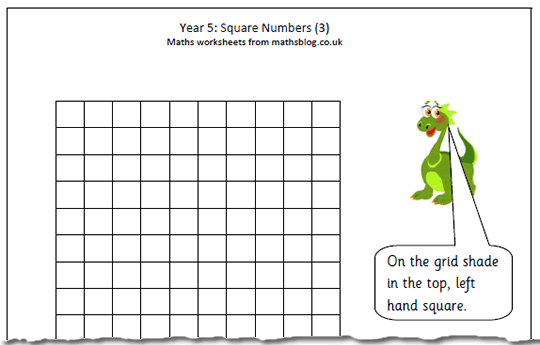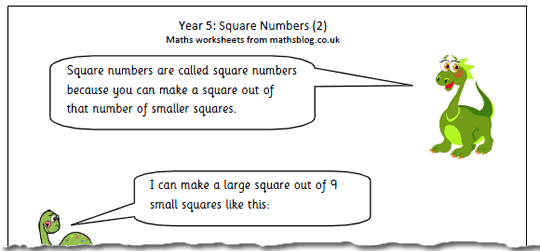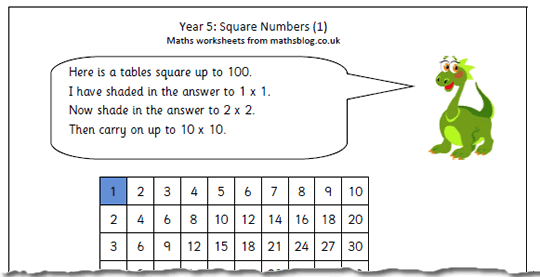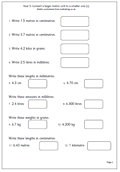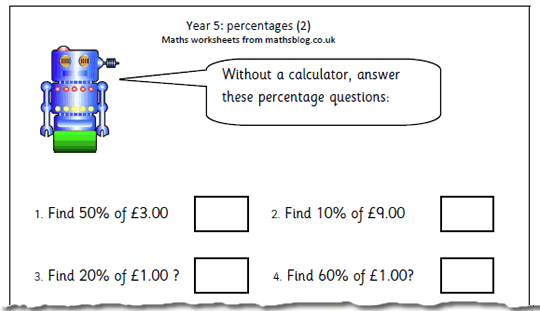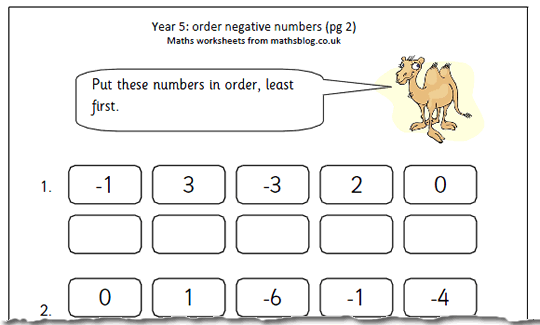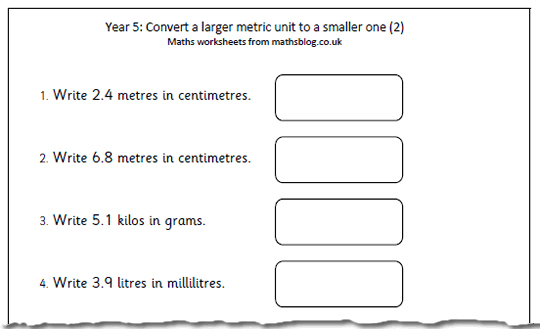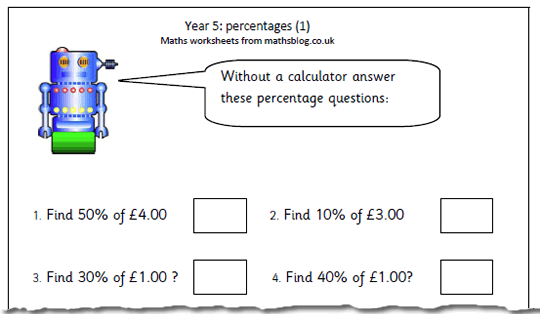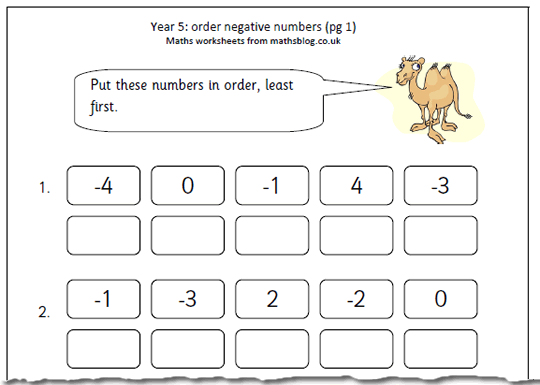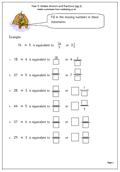‘Maths is all about patterns!’ said my maths lecturer over 30 years ago and this worksheet on square numbers proves just how right he was. It uses a blank 10×10 square to show the pattern made when producing square numbers.
It is interesting to note that the second square number (4) is made by adding the first two odd numbers (1 + 3) and the third square number is made up of the first three odd numbers (1 + 3 + 5 = 9). This pattern continues (for ever!) with the fourth square number (16) made up of (1 + 3 + 5 + 7) and so on. By colouring in the number square it should be apparant to children why this is happening.
